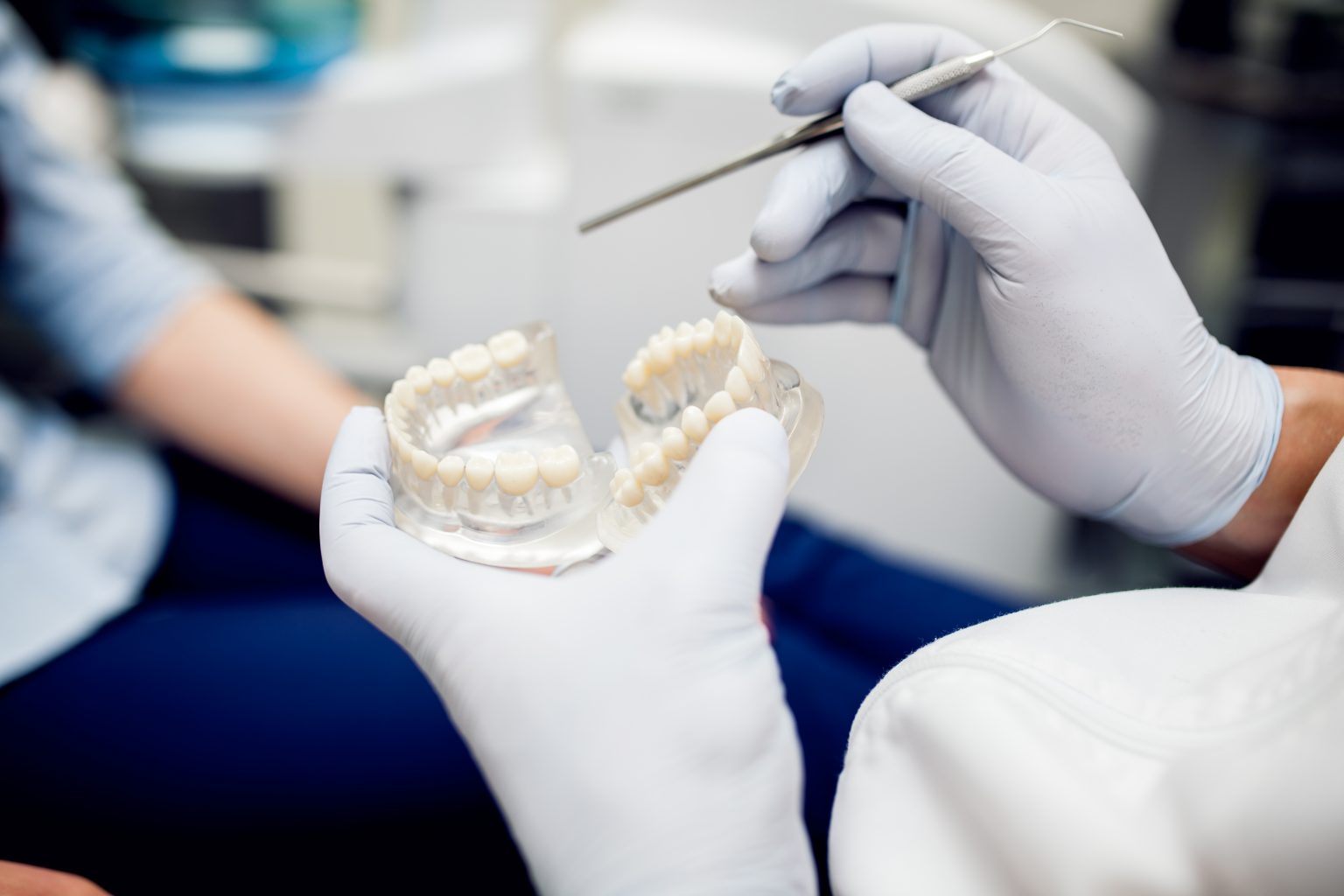Overview
Dental crises need to be treated right away since they can be painful and distressing. Locating a walk-in emergency dentist or an emergency dentist that takes Medicaid in your area might help you receive timely care when you have an unexpected dental issue. Being aware of where to get emergency dental treatment guarantees that you may get the attention you need fast, reducing suffering and averting more problems with your oral health.
1. What kinds of dental emergency are typical?
Dental emergencies frequently consist of:
- Severe toothache: Prolonged discomfort that is not relieved by over-the-counter drugs.
- Knocked-out tooth: A knocked-out tooth is one that has been traumatized and dislodged.
- Broken or chipped teeth: Accidents, chewing on hard objects, or decay can all result in broken or chipped teeth.
- Gum injuries: Traumatic bleeding or abrasions of the gums.
- Dental abscess: An infection that causes pain and swelling is called a dental abscess.
In these situations, going to a walk-in emergency dentist near me can help you receive the essential care and relief right away.
2. How can I locate a Medicaid-accepting emergency dentist in my area?
To find a Medicaid-accepting emergency dentist:
- Search online: Internet users might look up “emergency dentist near me that accepts Medicaid.”
- Contact your insurance provider: To find out which dentists in your area accept Medicaid, get in touch with your insurance company.
- Call dental clinics: To find out if local dentist offices take Medicaid for urgent care, give them a call.
- Check Medicaid’s official website: For information and provider lists, see Medicaid’s official website.
3. What may I anticipate from an emergency walk-in dental appointment?
- When you enter a dental emergency room:
- Explain your symptoms: Tell the personnel about your symptoms so they can rank your condition according to severity.
- Present the required paperwork, including identification, insurance information, and, if relevant, Medicaid.
- Get a preliminary assessment: The dentist will assess the issue, take X-rays if needed, and recommend a treatment plan.
4. Are emergency dental services covered by Medicaid?
Emergency dental care for both adults and children is frequently covered by Medicaid, while state-specific coverage may differ. Usually, it consists of:
- Examinations in an emergency
- extraction of teeth
- Pain management techniques
Medicaid coverage for dental care, however, might be restricted. Always ask your provider to confirm particular coverage specifics.
5. Are emergency walk-in dentists more costly?
Due to the urgent nature of the care, emergency dental services may be more expensive than routine visits. But for those who qualify, Medicaid can assist pay for all or part of the expenses, making emergency care more reasonable. Before beginning therapy, request a thorough estimate if Medicaid does not cover you.
6. Is it possible to prevent dental emergencies?
To reduce the possibility of dental crises:
- Keep your mouth clean: Every day, brush and floss.
- Regular Dental Visit: For routine cleanings and examinations, schedule regular dental visits.
- Wear a mouthguard: When participating in contact sports, wear a mouthguard.
- Avoid chewing hard objects, such as ice or hard candies.
In summary
Having access to a walk-in emergency dentist near me or one that takes Medicaid can help you get rapid and reasonably priced care should you have an unforeseen tooth problem. Dental emergencies can happen at any time, but you can receive the required care right away if you plan ahead and are aware of the risks. Always be ready by being aware of which nearby clinics take Medicaid and provide walk-in treatments, so you can take care of dental issues quickly and efficiently.

